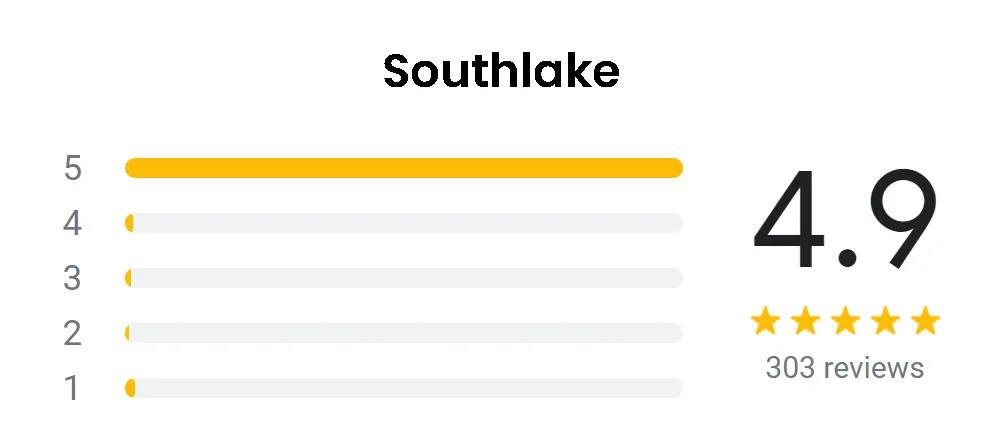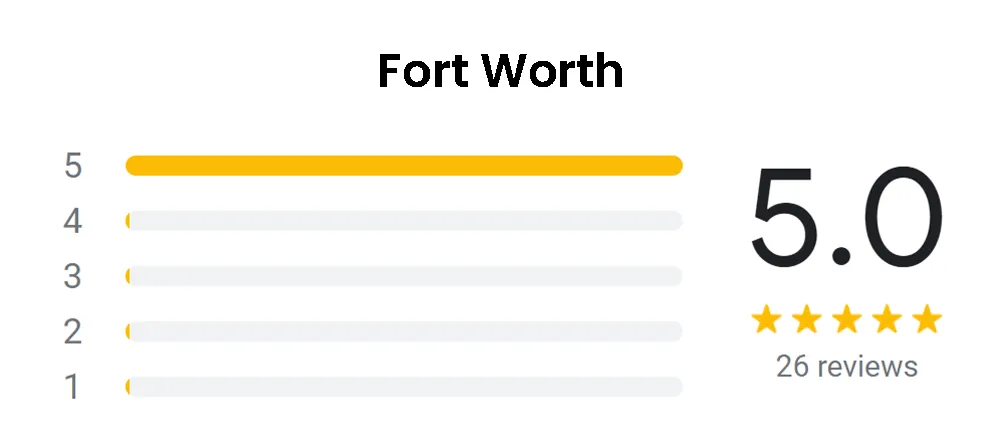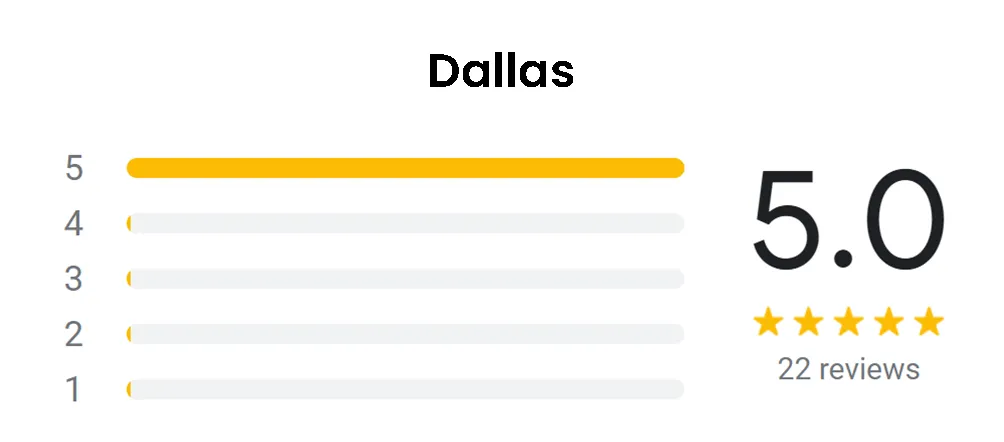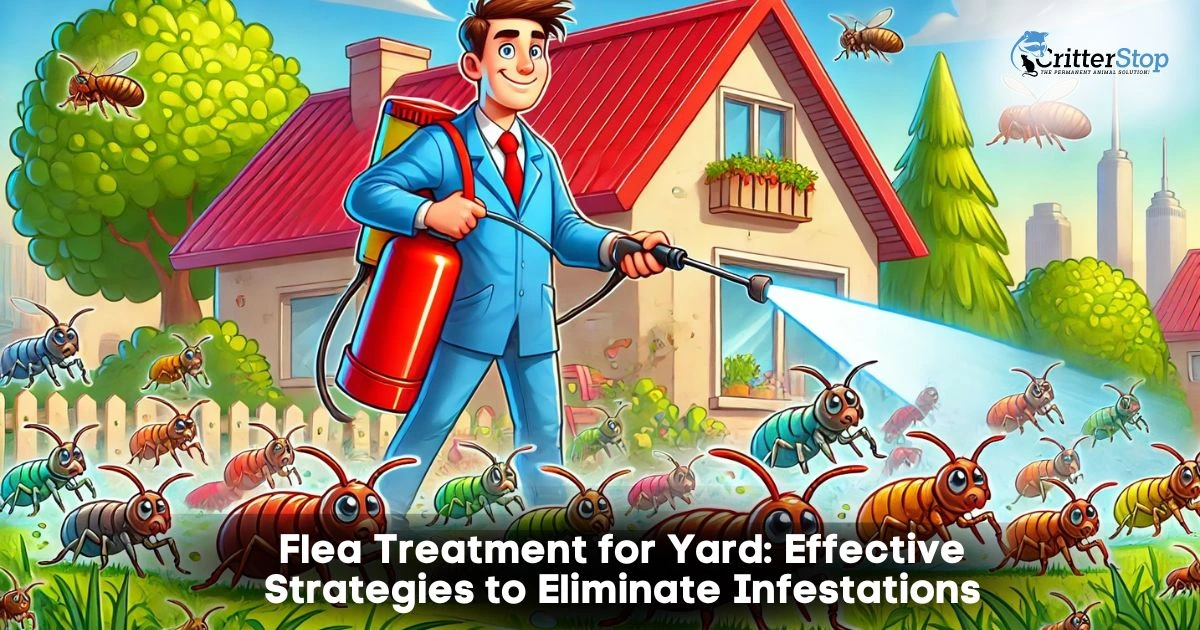
Fleas can turn a peaceful yard into an uncomfortable environment for pets and people alike. Effective yard flea treatment eliminates existing infestations and prevents future ones, ensuring a safe outdoor space for families and their pets. Homeowners can take control of the situation by employing the right methods and products and reclaiming their yards.
Choosing the correct treatment involves understanding the life cycle of fleas and the specific areas where they thrive. Comprehensive strategies often include natural methods, pesticides, and consistent maintenance. With proper implementation, significant relief from flea problems can be achieved.
This blog post will explore various flea treatment options for yards, helping readers determine the most effective solutions tailored to their needs. By addressing this common issue, readers can enjoy their outdoor spaces without the constant risk of flea bites.
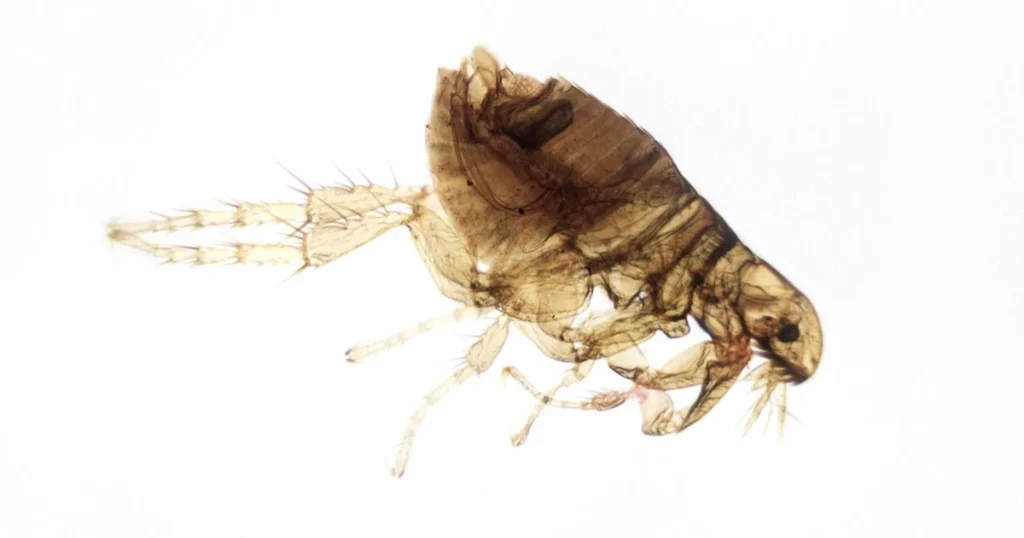
Fleas are small, wingless insects quickly becoming a problem in yards, affecting pets and humans. Understanding their lifecycle is essential for effective flea treatment for the yard.
It is vital to recognize flea infestations early. Fleas thrive in warm, humid environments, making certain yard areas more susceptible.
Signs of Infestation:
Check under shrubs, in tall grass, and around pet areas. Regular monitoring can help catch infestations before they escalate. Take preventive measures like regular yard treatments to minimize their impact.

Selecting an appropriate flea treatment for a yard involves understanding the differences between chemical and natural options and recognizing the key ingredients that can effectively combat flea infestations. The choice largely depends on the yard's specific needs, any pets present, and individual preferences for toxicity and environmental impact.
Chemical treatments often include synthetic insecticides designed for quick and effective flea control. Many of these products offer immediate results and prolonged protection, making them popular choices. For instance, best flea and tick yard sprays typically contain permethrin or bifenthrin. These chemicals target fleas in various life stages, including larvae and eggs.
Natural treatments, such as natural flea and tick sprays for yards, provide a less toxic alternative. Common ingredients include essential oils like peppermint and cedar oil, which repel fleas without harsh chemicals. While they may require more frequent application, they are safer for children and pets. Each option has its merits; thus, considering the yard’s environment and any residing pets is crucial in making the right choice.
Understanding the active ingredients in flea treatments can guide effective selection. Common chemical ingredients include:
Natural ingredients often feature:
Using a flea and tick yard spray concentrate ensures coverage of larger areas with less product for efficient flea control. The concentration allows for customization based on yard size, enhancing treatment effectiveness while managing costs. Selecting the right combination of ingredients aligns with specific needs and safety considerations.
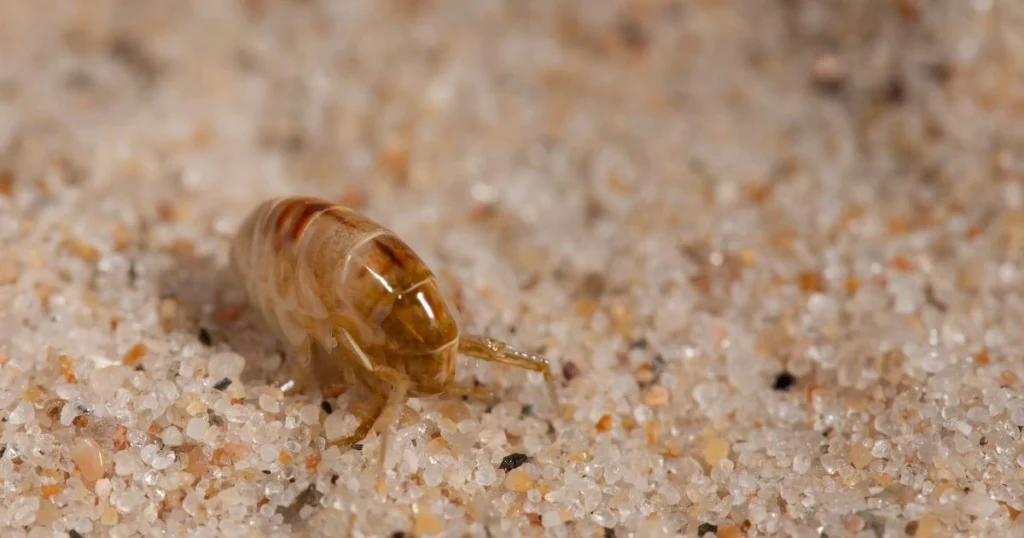
Applying flea treatments effectively can significantly reduce flea populations in the yard. Key considerations include best spraying practices and appropriate treatment timing.
When using yard flea spray, start by reading the product instructions thoroughly. This ensures safe and effective application. It's essential to wear protective gear, including gloves and a mask, to avoid skin contact and inhalation of chemicals.
Spray during calm weather, avoiding windy days, to limit drift. Applying early in the morning or late in the afternoon helps minimize evaporation. Focus on areas where fleas may hide, such as shrubs, tall grass, and shaded spots.
A consistent, even spray pattern is crucial for optimal coverage. Use a backpack or handheld sprayer for more control. Reapply as directed on the product label, paying attention to specific outdoor flea spray recommendations for maximum effectiveness.
Timing plays a vital role in flea control. Treat the yard when fleas are most active, typically in late spring to early fall. Monitor local weather; a few days of rain can wash away treatments, necessitating a reapplication.
Frequency depends on the product used. Some outdoor flea sprays offer residual control lasting several weeks, while others may require more regular application. To maintain effectiveness, following the label’s guidelines closely is essential.
Regularly inspect the yard for signs of fleas and reapply treatments as needed. a proactive approach will ensure a flea-free environment, helping pets and people enjoy the outdoor space.

When treating a yard for fleas, safety is crucial for pets and family members. Selecting pet-safe treatments and understanding their environmental impact can lead to effective and safe flea management.
When choosing flea and tick spray for the yard, selecting formulas explicitly labeled as safe for pets is vital. These products often use natural ingredients or lower concentrations of chemicals to minimize toxicity.
Before applying any flea spray to the yard, removing pets and children from the area is advisable. After treatment, waiting a specified re-entry period allows sprays to dry and reduces the risk of exposure.
Popular options include essential oil sprays and neem oil, generally considered safe for dogs. Always check the manufacturer's instructions for specific guidelines regarding pets.
Using flea and tick yard spray that is safe for dogs requires consideration of local wildlife and plants. Reading labels and avoiding harmful ingredients that could contaminate soil or water sources is essential.
Avoid applying treatments before rainstorms, as runoff can spread chemicals beyond the targeted area. Additionally, consider the timing of application; early morning or late evening can reduce exposure to beneficial insects.
Proper storage of flea treatments is critical. Keep all products in a secure location, away from children and pets. Always follow disposal instructions to minimize environmental harm.

Specific landscaping techniques and regular maintenance are crucial for keeping a yard free from fleas. Implementing these strategies ensures a less hospitable environment for fleas, promoting a healthier outdoor space.
Careful landscaping plays a vital role in reducing the risk of flea infestations. Maintaining a well-trimmed yard helps minimize shaded areas where fleas thrive.
Consider the following tips:
Incorporating these measures contributes significantly to backyard flea treatment, making the environment less inviting for these pests. Consulting with professionals can further enhance effectiveness. Critter Stop has a fantastic reputation and online customer reviews because it provides high-quality work and great customer service.
Routine maintenance is crucial for effective flea control in the yard. Regular mowing reduces excessive grass height, which can harbor fleas and their larvae.
Important maintenance practices include:
By diligently following these practices, homeowners can create a flea-resistant yard. For professional assistance, contact Critter Stop at (214) 234-2616 for a free inspection that can provide tailored solutions for wildlife or pest removal from the property.

Addressing common inquiries about yard flea treatments can help homeowners make informed decisions. This section explores various aspects of effective flea control solutions for outdoor spaces.
The most effective flea treatment typically includes insect growth regulators and adulticides. These products disrupt the life cycle of fleas and eliminate adult fleas. Regular applications may enhance results.
A flea spray for yards is specifically formulated to target fleas in outdoor environments. It often contains less effective ingredients against other pests and focuses primarily on the flea's life cycle stages.
Using flea and tick sprays during peak seasons, such as summer, ensures that outdoor areas remain protected. This enhances the effectiveness of the treatment and minimizes the risk of infestations when flea populations are high.
Homeowners should consider factors such as active ingredients, formulation type, and the product's safety for pets and plants. Evaluating the size of the treated area and application methods is also essential.
Yes, yard flea sprays can significantly reduce flea populations in grassy areas. Applying the spray thoroughly in the grass, particularly shaded spots, enhances its effectiveness.
Many flea and tick sprays are formulated to be pet-safe while offering effective protection. Choosing products labeled as non-toxic and following application guidelines ensures safety.
Typically, flea spray should be applied every 30 days to maintain protection. However, the frequency may vary based on product instructions and local flea population dynamics.
A comprehensive flea treatment involves mowing the lawn, applying insecticides, and ensuring proper watering. Monitoring the area for flea activity is essential.
Yes, backyard flea treatments can help prevent fleas from entering the home. Reducing the outdoor flea population decreases the chances of fleas migrating indoors.
Look for active ingredients that target all life stages of fleas and long-lasting formulations. A sprayer that allows for even distribution can also enhance coverage.
Assess the label for residual effectiveness and whether it targets fleas and ticks. Researching user reviews and recommendations can also guide the selection process.
Treating the yard helps to reduce the source of infestations before they enter the home. It addresses the outdoor habitat where fleas thrive, offering a more holistic approach to control.
To protect beneficial insects, apply treatments when they are less active, such as early morning or late afternoon. Using localized application methods can also minimize impacts.
Yes, there are eco-friendly flea spray options available. Many contain natural ingredients that effectively repel or kill fleas without harmful chemicals.
Researching reputable brands and reading safety data sheets can help find effective treatments. Consumer reviews and recommendations from pest control professionals can provide additional insights.
Selecting a product labeled as safe for gardens will minimize risks to plants. Look for sprays that specify compatibility with various plant types.
Flea treatments for the yard may encompass various methods, including granules and sprays. Flea sprays are specifically liquid formulations designed for topical application.
Key factors include the active ingredients, application method, and duration of effectiveness. User reviews and expert recommendations can also influence choices.
Thorough coverage of the lawn is essential for serious infestations. Repeat applications and integrating multiple treatment methods can improve outcomes.
Regular applications of outdoor flea sprays can effectively prevent future infestations. This proactive approach helps maintain a barrier against incoming fleas.
Signs of effective flea sprays include a noticeable reduction in flea activity, fewer flea bites, and lower populations observed during monitoring. Regular checks can confirm success.
Natural flea sprays can be made from diatomaceous earth or essential oils. These options can provide effective flea control without synthetic chemicals.
Assessing the infestation's severity, the area's size and the sensitivities of pets and plants helps determine the most suitable flea spray. Also, consider environmental factors.
Read product labels carefully to understand application instructions and safety precautions. After application, knowing re-entry times for pets and people is crucial.
Pet owners can manage flea populations by using sprays, granules, and preventative measures such as regular lawn maintenance. Integrating natural predators can also help.
Visit our Critter Library and learn more about our furry friends
